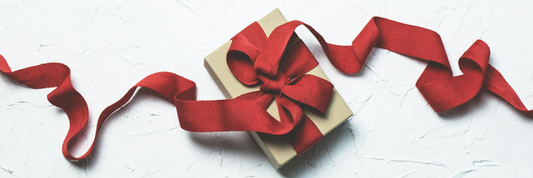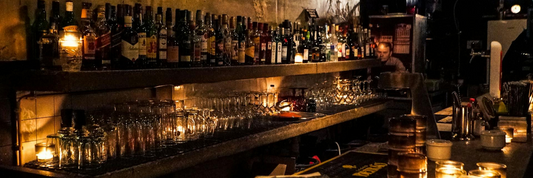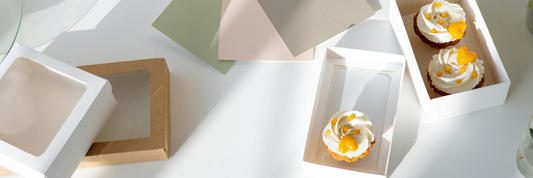What is sugarcane fiber/bagasse?
Sugarcane fiber, also known as bagasse, is a byproduct of sugarcane stalks after harvesting, the fibrous part of sugarcane after juicing, or a byproduct of sugar presses. The major components of mia pulp are fiber (cellulose), water, and a minor quantity of soluble compounds (mostly sugar). Sugarcane fiber/bagasse is now used in a variety of food, fashion, and other industries.
Characteristics of Sugarcane Fiber
Physical properties
- Color: Depending on the type of sugarcane, bagasse is white, purple, or light green.
- Ingredients: water, fiber (cellulose), solute (mainly sugar).
- Texture: bagasse has a fibrous form, not soluble in water.
- Crystallinity: between 63-68%.
- Fiber fineness: according to maturity level.
- Elastic recovery: 50-60%.
- Flexural rigidity: 0.015g/cm2 to 0.032g/cm2
Chemical properties
- Chemical composition: 45-55% cellulose, 20-25% hemicellulose, 18-25% lignin, 1-4% ash, <1% extra waxes
- When burned, bagasse produces gases such as Co2, So2, N2, ... The process of burning bagasse generates a lot of heat, so it is used as a fuel for several industries.
Production and Extraction of Sugarcane Fiber
The following steps are involved in the production of sugarcane fiber/bagasse:Step 1: Collection of sugarcane for another life. Collect "leftover sugarcane pulp " from all sugarcane juice vendors.
Step 2: Gathering. Bagasse is collected after juicing to generate sugarcane fiber.
Step 3: Drying. Bagasse is dried at this stage to remove all leftover liquid and ensure cleanliness.
Step 4: Make bagasse powder. Bagasse is dried and then crushed in a hydraulic mill.
Step 5: The finished product. Bagasse powder is steamed and sterilized at a high temperature and pressure after being crushed by a hydraulic machine, with certain additional components added to prevent moisture.
Following these stages, we have a final product that is biodegradable plant fiber bagasse powder that can be used to manufacture a variety of sugarcane fiber goods.

Application of Sugarcane Fiber
Sugarcane fiber is now used for a variety of uses.
Food and Beverage Industry
One of the most common uses for sugarcane fiber is food packaging. They have several amazing features, like being safe for health, being able to be used with a variety of foods, and being compatible with ovens. As a result, sugarcane fiber packaging is considered as one of the best alternatives to single-use plastic. Some popular food packaging manufactured from bagasse includes:- Sugarcane straws: Straws are an essential item at restaurants and grocery stores. Sugarcane straws are odorless, durable, suited for a variety of drinks, and are less likely to come apart than paper straws. As a result, many eateries are converting to sugarcane straws instead of plastic straws to decrease their environmental impact.
- Bagasse boxes: Bagasse boxes are resistant to fat and accumulating heat. It can be used with hot, cold, and greasy foods. Furthermore, the bagasse box is fairly durable, stable, and easy to pack, making it ideal for food transportation.
- Sugarcane cups: Single-use replacement for disposable plastic cups that can be used with both hot and cold drinks.
Textile and Fashion Industry
The trend of greening fashion is becoming more developed, encouraging the creation of fabrics made from natural materials such as bagasse, coffee grounds, and so on. Although sugarcane fiber in this business has not yet fully evolved, it is generating a new path in the fashion industry.
Paper Industry
Bagasse has similar qualities to wood pulp and is a commonly available raw material source. At the same time, sugarcane cultivation time is quite short, with harvesting ranging from 10 to 12 months. Bagasse is ideal for papermaking for these reasons.
Paper Biodegradable and its environmental benefits for Food Packaging
Construction and Building Materials
Bagasse is used to create plywood in buildings, substituting traditional wood resources. To guarantee that the product quality satisfies the standards such as being waterproof, not splitting, or being too tough, the manufacturer adds different components such as pine needles, coffee bark, bamboo fiber, and so on. Bagasse-finished wood products with low water absorption, low expansion, and high construction standards.
Advantages of sugarcane fiber/bagasse?
When compared to disposable plastic, sugarcane fiber products have numerous environmental, economic, and health benefits.Environmental Benefits
Bagasse-based products may decompose naturally. Bagasse-based products, such as bagasse boxes, decompose in 4-6 weeks; buried in the ground, the process takes 45 days. Bagasse packaging decomposes more faster than plastic packaging, minimizing pressure on the natural environment.Economic Benefits
Bagasse packaging can provide numerous benefits to restaurants and grocery stores, including:- Compliant with existing regulations: Many nations, including Canada, have begun to implement regulations prohibiting the use of single-use plastics. Bagasse-based products are an excellent choice for food businesses and food shops.
- Enhance business image: Choosing green packaging items is now not simply a trend, but a way of life for many individuals. Green packaging for your products, restaurant, and food shop wins huge points with customers.
- A wide range of products: To apply for business, a food shop has many various and simpler options such as cups, cartons, and straws.
Health and Safety Benefits
When plastic products are exposed to high temperatures, they may release harmful substances. The bagasse box is constructed of 100% natural fibers, therefore there is no need to be concerned about health safety when using it.How does sugarcane fiber compare to alternative packaging products
The table below compares sugarcane fiber packaging to packaging made of kraft paper, cornstarch, and wood:| Factors | Sugarcane fiber | Kraft Paper | Cornstarch | Wooden |
| Features | Durable, can be used with hot, cold, grease-proof | Durable, can be used with hot, cold, grease-proof | Lightweight, can be used with hot, cold, grease-proof | Durable, can be used with hot, cold, grease-proof |
| Popular products | Food containers, cups, straws, food trays, … | Food containers, cups | Straws, bag trays, food containers, … | Cutlery, bowls, cups, … |
| Suitable type of food | hot and cold foods, anti-greasy, hot and cold foods | hot and cold foods, anti-greasy, hot and cold foods | hot and cold foods, anti-greasy, hot and cold foods | hot and cold foods, anti-greasy, hot and cold foods |
| Food hygiene and safety | Safe for users No addictive | Safe for users Have some additives to prevent leak and moisture | Safe for users | Safe for users |
| Compost | Backyard compost | Commercial compost | Commercial compost | Backyard compost |
Challenges and prospects
Challenges
Some of the issues that keep many people from using sugarcane fiber products include:- Quality and durability: Products constructed from sugarcane fiber can withstand less weight than other materials such as foam and plastic.
- Cost: Because bagasse is not widely used, items derived from it are frequently more expensive.
Prospects
Sugarcane fiber items biodegrade quickly as compared to disposable plastic products. As a result, sugarcane fiber products may become more popular in the future as they become more diverse and improved.Will sugarcane fiber work for your business?
While legislation against single-use plastic products begins to take effect, the use of alternative materials such as sugarcane fiber begins out of date. By using products derived from sugarcane fiber/bagasse, your company can improve its image, offer better product quality to consumers, as well as grow sustainably.
Finally, due to its superior qualities and environmental friendliness, sugarcane fiber/bagasse products are excellent replacements for plastic packaging. Sugarcane fiber products are unquestionably one of the best options for your food business.




